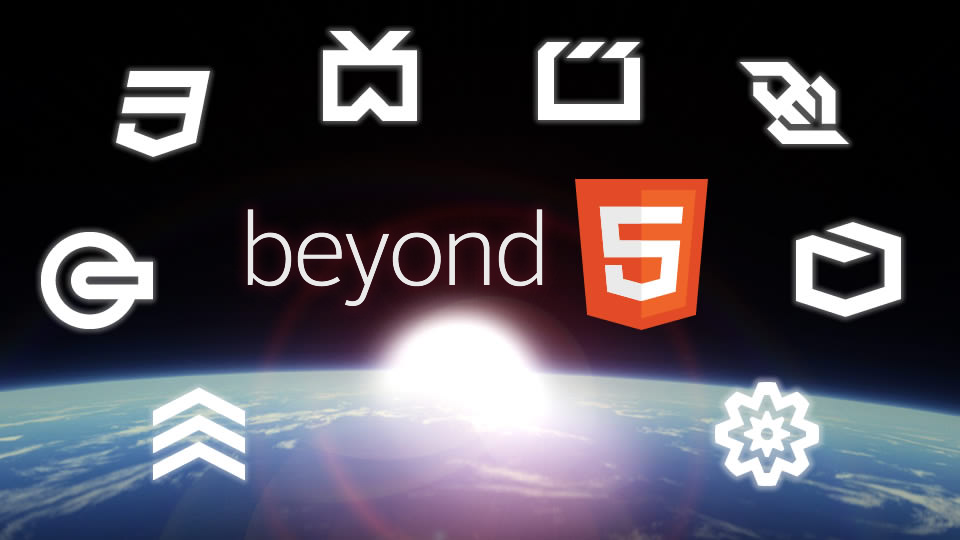Beyond “HTML5,” Part 1: The Present and Future of the Open Web
In April 2010, Apple CEO Steve Jobs wrote about his decision to ban Adobe’s Flash plugin from the iOS operating system. He voiced a number of concerns including battery life, performance, and touch incompatibility, but above all the closed, proprietary nature of Flash. Jobs said:
Though the operating system for the iPhone, iPod and iPad is proprietary, we strongly believe that all standards pertaining to the web should be open. Rather than use Flash, Apple has adopted HTML5, CSS and JavaScript – all open standards…HTML5, the new web standard that has been adopted by Apple, Google and many others, lets web developers create advanced graphics, typography, animations and transitions without relying on third party browser plug-ins (like Flash). HTML5 is completely open and controlled by a standards committee, of which Apple is a member.
With that, HTML5 became a buzzword, a promise for a more open web freed from corporate shackles. Jobs validated years of effort by web developers to promote web standards shared by competing browser makers, but his promise was not entirely truthful. In 2010, HTML5 was barely a concept, let alone a full-fledged technology platform, and what pieces did exist were primarily supported by Apple products. On the surface it would seem that his intent was to replace a web dominated by Adobe, with a web dominated by Apple (and maybe Google).
Two years later, there is still a great deal of confusion about what HTML5 is, what it can be used for, and how it compares to the technologies that came before it. In this three-part series we will identify “HTML5,” look at what it’s capable of today and explore where it’s headed in the next few years.
First, let’s clear up a few misconceptions.
HTML5 is not:
- A development platform like Flash
- Supported by every browser and every mobile device (although most recent browsers support some of it)
- The only choice for making web sites in the year 2012
HTML5 is:
- As of 2012, a goal, not a reality
- Shaped by the same companies (Microsoft, Google, Apple, Adobe) that competed over web standards in the past in order to increase their own market share
- A synecdoche: “A figure or trope by which a part of a thing is put for the whole…the species for the genus…or the name of the material for the thing made.”
In a nutshell
“HTML5” is an umbrella term for many essentially unrelated technologies which are loosely encompassed by the fifth version of the HTML specification. Together, these technologies are more accurately called Open Web standards. Some of these are widely supported and ready to use now, some can be used in certain situations, and some are intriguing but best left for the future.
Three of the most well-known Open Web elements are <video>, <audio>, and <canvas>, a low-level drawing element (think of an advanced Etch-a-Sketch®). These are the “Flash replacement” elements, but the HTML5 specification is much broader and still growing (it’s not expected to be finished until 2014). The full spec contains hundreds of modules across eight categories:
- Semantics
- Offline & Storage
- Device Access
- Connectivity
- Multimedia
- 3D, Graphics, & Effects
- Performance & Integration
- CSS3
So that in a nutshell is what we’re talking about when we use the term “HTML5.” In part 2 of this series, we’ll explore some new Open Web technologies that are ready to use right now. And in part 3, we’ll look at some exciting upcoming technologies and their current alternatives.




